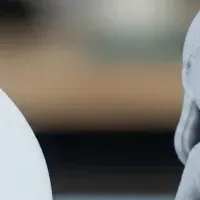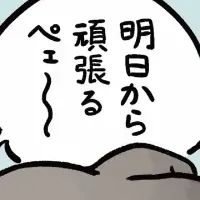
Winter Freeze Devastates Turfgrass in North Texas: Recovery Steps Ahead
Winter Freeze and Turfgrass Damage in North Texas
The recent winter freeze has wreaked havoc on lawns across North Texas, leading to significant concerns among homeowners and businesses regarding the recovery of their turfgrass. As spring approaches, it is essential to carefully assess the damage and take proactive measures to restore lawn health.
Understanding the Impact of Extreme Cold on Turfgrass
According to Dr. Green Services, a leading lawn care company, property owners should inspect their turf for signs of freeze stress. James Tatum, the company’s Director of Operations, highlights that early intervention is crucial to prevent long-term damage. With nearly three decades of experience and a background in Plant and Soil Sciences, Tatum is well-versed in assisting Texas lawns to recover from extreme weather conditions.
Key Issues Caused by a Winter Freeze:
1. Frozen Root Systems: Prolonged exposure to freezing temperatures can limit water and nutrient absorption, weakening the overall health of the lawn.
2. Winter Desiccation: The combination of dry air and frozen soil can strip essential moisture, which manifests as brown or discolored grass patches.
3. Winter Kill: Severe cold can lead to dead patches that may require reseeding or replacement.
4. Frost Heave: Fluctuating temperatures can cause the soil to expand and contract, which may uproot grass and disrupt its growth.
5. Snow Mold: This fungal disease can develop after long periods of snow cover, resulting in matted and dead grass.
Steps for Lawn Recovery
To aid recovery post-freeze, Dr. Green Services recommends the following strategies:
- - Assess Lawn Health: Property owners should look for gray or brown patches that may signal winter kill.
- - Avoid Overwatering: Excess water can lead to fungal growth and increase stress on the lawn.
- - Delay Mowing: Allow grass to heal before cutting to ensure its recovery.
- - Apply Premium Fertilizer: Utilizing a balanced, slow-release fertilizer can effectively stimulate root regeneration.
- - Consider Aeration: Aerating the soil enhances oxygen flow and encourages new growth.
Dr. Ben Wherley, Ph.D., a turfgrass ecologist at Texas A&M University, indicates that while warm-season grasses possess some natural cold tolerance, extended winter freezes remain a serious threat. In discussions featured by AgriLife Today, he underscores that turfgrass damage typically stems from prolonged exposure to low temperatures, inadequacy of air under ice, and arid winter conditions.
Professional Lawn Care to Ensure Recovery
For effective recovery after a winter freeze, Dr. Green Services offers specialized lawn care services focused on addressing winter damage. Their experienced team conducts thorough lawn assessments and crafts customized recovery plans tailored to rejuvenate turf health in anticipation of the growing season.
About Dr. Green Services
Dr. Green Services is a premier lawn care provider operating in North Texas, committed to delivering sustainable and scientifically backed solutions. They help both homeowners and businesses maintain healthy, vibrant lawns throughout the year. For more details or to schedule a lawn assessment, please visit DrGreenServices.com or contact them directly at (800) 465-2934.
As property owners seek to restore their outdoor spaces, understanding the impact of winter freezes and the steps to recovery are more critical than ever. Early intervention and professional assistance can make all the difference in achieving a healthy lawn this spring.
Topics Consumer Products & Retail)










【About Using Articles】
You can freely use the title and article content by linking to the page where the article is posted.
※ Images cannot be used.
【About Links】
Links are free to use.